As part of Heritage Open Days and the Autumn Windsor Festival and Fringe, we are offering a trail that you can enjoy completely digitally from the comfort of your home, or in person, where you can physically view all sites mentioned from public rights-of-way.
We hope it will enable you to find out more about some of the most well-known buildings but also prompt you to explore some less familiar corners.
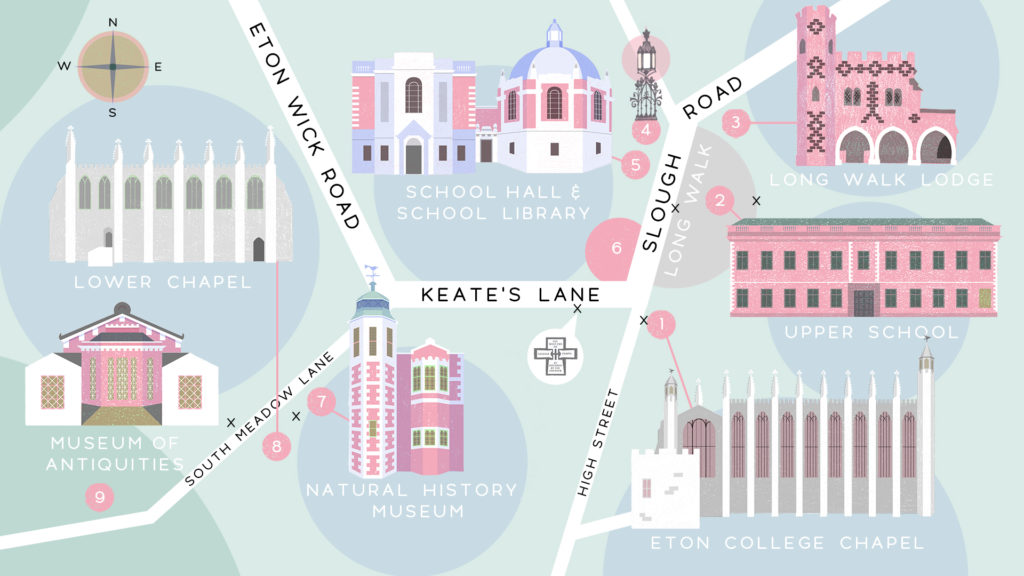
Introduction
Eton College was founded by Henry VI in 1440 and has grown to become the size of a small town, with over 1000 staff and 500 buildings spread over one square kilometre. As a result, there are an infinite number of stories hidden in the stones of the buildings which make up the college, many of which are waiting to be explored. This trail is not an exhaustive summary of all the notable buildings in Eton, but rather a walk which includes a range of architectural structures which vary in age, style and material.
Eton College
In founding ‘The Kings College of Our Lady of Eton beside Windsor’, Henry VI was guided by the model of Winchester College, which had been set up by William of Wykeham as a counterpart to New College, Oxford. Similarly, Henry VI founded King’s College, Cambridge in 1441 as a counterpart to Eton College. The School was to be part of a large foundation which included a community of secular priests, 10 of whom were Fellows, a pilgrimage church and an alms house.
Provision was made for 70 scholars to receive a free education, board and lodging. Henry VI always intended for more boys to attend, free of charge, but they have would have to pay for their own lodgings in the town. Today, 70 boys, known as ‘Scholars’ or ‘Collegers’ still live within the most historic areas of the college and the others, known as ‘Oppidans’ (meaning residents of a town) live in 24 other boarding houses.
1. College Chapel
 Henry VI commissioned a chapel which he hoped would become one of the greatest pilgrimage churches in Europe. The foundation stone was laid in 1441, giving it the earliest starting date of construction of all the buildings which now make up Eton College. However, his plans were never completely realised.
Henry VI commissioned a chapel which he hoped would become one of the greatest pilgrimage churches in Europe. The foundation stone was laid in 1441, giving it the earliest starting date of construction of all the buildings which now make up Eton College. However, his plans were never completely realised.
2. Upper School
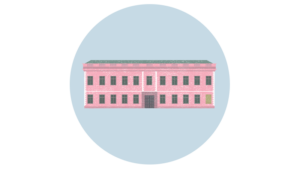 The elevation you can see from Long Walk is Upper School, erected by Provost Allestree in 1665. For over 140 years, Head Masters taught up to 200 boys in Upper School, dividing the room into sections using curtains. Upper School suffered substantial bomb damage in the Second World War, evidence of which can be seen in the brickwork if you know where to look!
The elevation you can see from Long Walk is Upper School, erected by Provost Allestree in 1665. For over 140 years, Head Masters taught up to 200 boys in Upper School, dividing the room into sections using curtains. Upper School suffered substantial bomb damage in the Second World War, evidence of which can be seen in the brickwork if you know where to look!
3. Long Walk
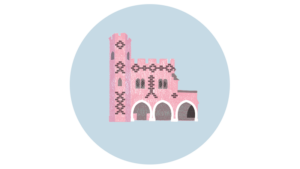 This stretch of pavement outside Upper School has been the site of many royal encounters. Historically, it has also served as a space in which food and flower sellers gathered to sell their wares to the boys.
This stretch of pavement outside Upper School has been the site of many royal encounters. Historically, it has also served as a space in which food and flower sellers gathered to sell their wares to the boys.
4. The Burning Bush
 The Burning Bush was designed by Henry Woodyer in 1864 although it is no longer in its original location! The design of the lamp plays on the Eton coat of arms, granted on 1 January 1449. The daily meeting of schoolmasters, ‘Chambers’ historically took place here.
The Burning Bush was designed by Henry Woodyer in 1864 although it is no longer in its original location! The design of the lamp plays on the Eton coat of arms, granted on 1 January 1449. The daily meeting of schoolmasters, ‘Chambers’ historically took place here.
5. School Hall & School Library
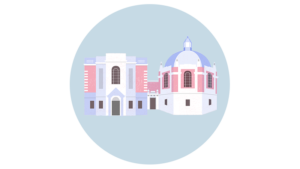 School Hall and School Library are the two neo-classical buildings sitting side by side. They were erected between 1905 and 1908 as a war memorial to the Old Etonians who lost their lives in the South African Wars.
School Hall and School Library are the two neo-classical buildings sitting side by side. They were erected between 1905 and 1908 as a war memorial to the Old Etonians who lost their lives in the South African Wars.
6. Boarding Houses
70 boy scholars still live in the oldest area of the college, above Lower School, and are therefore known as ‘Collegers’. The other boys or ‘Oppidans’ (meaning residents of a town) live in the 24 other boys’ houses spread around Eton.
7. Natural History Museum

Berkshire’s only Natural History Museum is housed today in a building erected between 1903 and 1904. It was funded by the family of Lionel George Lawson, one of two Eton boys killed in a fire at a boarding house in 1903, who was a keen bird watcher.
The red-brick building is early Tudor in style and includes lots of references to the objects that lie within it.
8. Lower Chapel
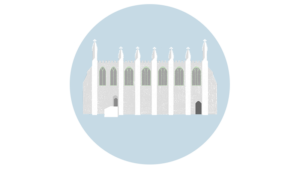
The Lower Chapel was built between 1889 and 1891. Designed by Sir Arthur Blomfield, it is late perpendicular in style. Although the design includes clear references to College Chapel, its construction was very different.
9. Museum of Antiquities
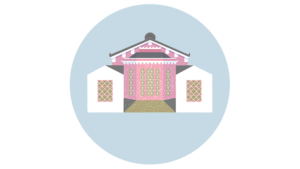
The Museum of Antiquities is a purpose-built, family-friendly museum which displays objects that cover a vast geographical and chronological range. Objects include: world-class collection of Egyptian faience, a collection of Egyptian death masks and portraits from the second millennium BCE to the second century CE and a small collection of mummified remains from Ancient Egypt.
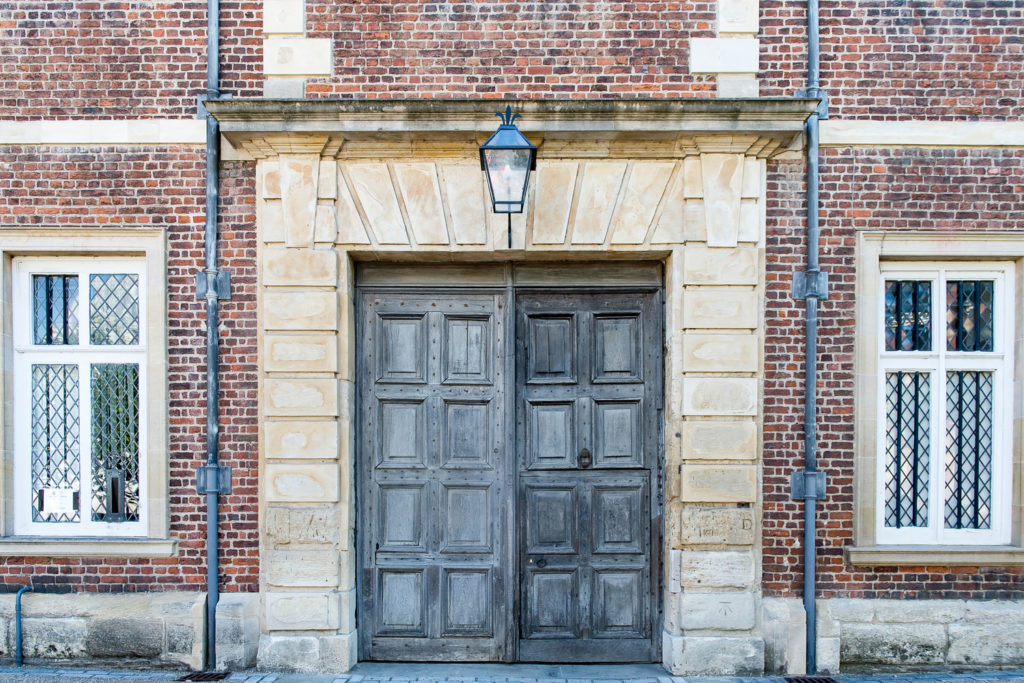
Architectural Glossary
Ashlar: Masonry made of large square-cut stones, used as a facing on walls of brick or stone rubble.
Balustrade: A railing supported by balusters, especially one forming an ornamental parapet to a balcony, bridge or terrace.
Buttress: Pier-like projection of brick, masonry etc, built in close connection with a wall needing extra stability or standing isolated to counter the outward thrust of an arch or other elements.
Chancel: Liturgical eastern part of a church, used by those officiating in the services. It contains the altar.
Crenellation: A wall with battlements (with a parapet with higher and lower alternate parts).
Crocket: Gothic ornament, generally a bud, leaf or bunch of foliage placed at regular intervals on external edges of a building.
Doric: Classical order of architecture originating from Doris, Greece. The Doric order has a simple capital supporting an entablature – the upper part of a classical building supported by columns or a colonnade, comprising the architrave, frieze, and cornice.
Façade: External face or elevation of a building, especially the principal front.
Gargoyle: Spout to take water from a gutter away from a wall and to spew it onto the ground. Gargoyles are frequently made of stone and imaginatively carved.
Ionic: Classical order or architecture primarily identified by its capital with its rolled up cushion-like form on each side creating slender volutes. The shaft is more slender in proportion than the Doric order.
Nave: Central aisle of a church or the main body of a church between the western wall and the chancel.
Perpendicular Gothic: The term given to the final period of English Gothic architecture (late 14th–middle 16th century) because of the predominating vertical lines of its tracery and panelling. It is also called rectilinear for the prevailing angularity of the designs.
Pilaster: A rectangular column, especially one projecting from a wall.
Pinnacle: Ornamented pyramid or cone, the terminating feature of a buttress. Often ornamented with crockets.
Portico: Series of columns in a straight line supporting an entablature. When standing before a building, carrying a roof and serving as a porch.
Rustication: In masonry, the stone cut in such a way that the joints are sunk into some sort of channel, the faces of the stones projecting beyond them. In addition, these faces are usually roughened to form a contrast with the ordinary dressed stone.
Tracery: Ornamental stone work, particularly in the upper part of a Gothic window.
Voussoir: A wedge-shaped stone or brick which, with others, forms an arch.
Bibliography
Austen Leigh, R.C. A Guide to Eton College. 9th ed, Eton: 2008.
Card, T. Eton Established: A History from 1440 to 1860. London: John Murray, 1991.
Card, T. Eton Renewed: A History from 1860 to the Present Day. London: John Murray, 1994.
Curl, J & Wilson S. Oxford Dictionary of Architecture, Oxford: Oxford University Press, 1999.
Goodman, N. The Pitkin Guide to Eton College. London: Pitkin, 1995
Macleod, P. (2004) ‘Did you hear the one about the Bishop, the Stonecutter, the Duke and the King’s Flood Relief Scheme?’ Eton College Chronicle
Maxwell Lyte, H.C. A History of Eton College (1440-1910). London: Macmillan, 1911
Melvin, J. Eton Observed: An Architectural Guide to the Buildings of Eton. Burford: Wysdom Press, 1998.
Pevsner, N. Buckinghamshire The Buildings of England. London: Penguin, 1973
Selway, K ‘The Role of Eton College and the King’s College, Cambridge in the Polity of the Lancastrian Monarchy’. Unpublished Oxford D. Phil. Thesis (1993).
Acknowledgements
We really hope you enjoyed this trail and very much look forward to welcoming you back to the museums and galleries of Eton College in the near future. Please continue to check our social media and website for further details.
Map Design: Ann-Louise Schweizer
Trail Text: Lucy Cordingley
Photography: Graham Keutenius
With many thanks to: Rob Birks, Rachel Bond, Roddy Fisher, Eleanor Hoare, Phil Macleod, Philippa Martin & Rebecca Tessier.


